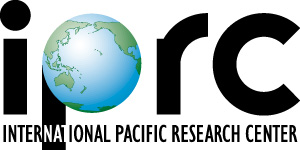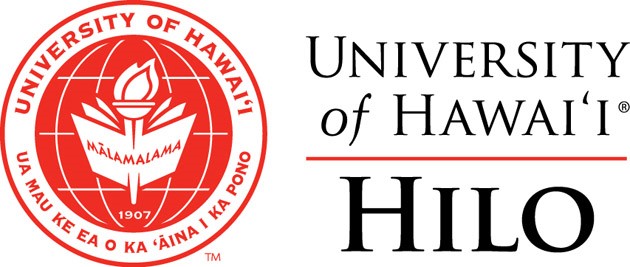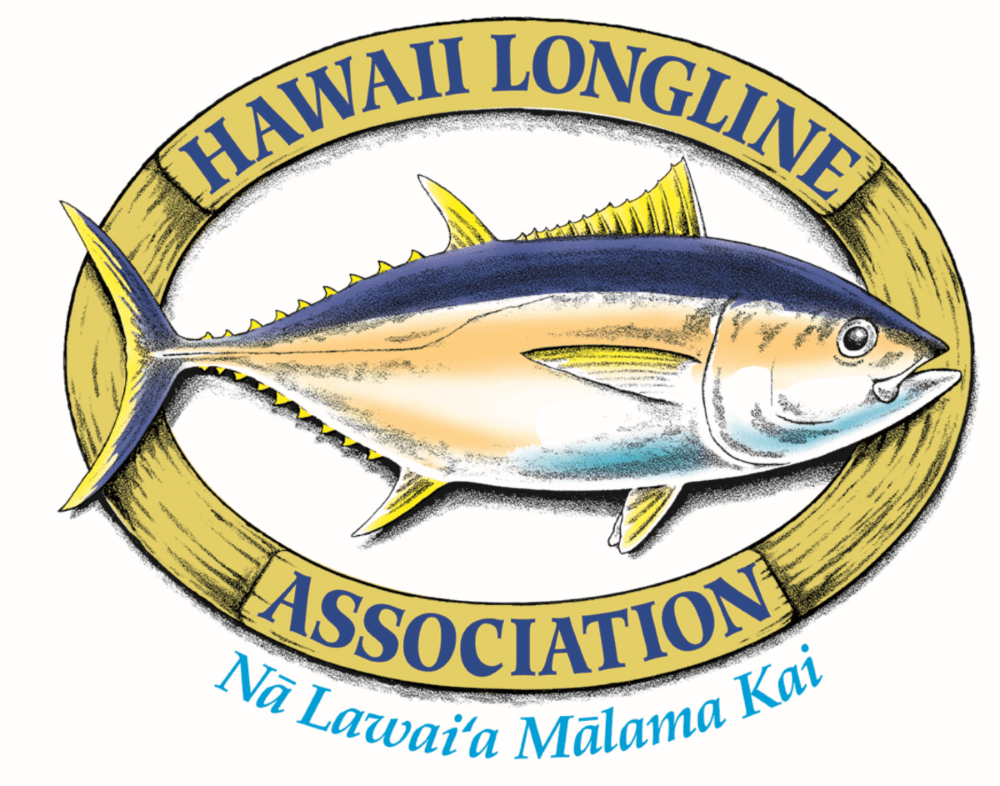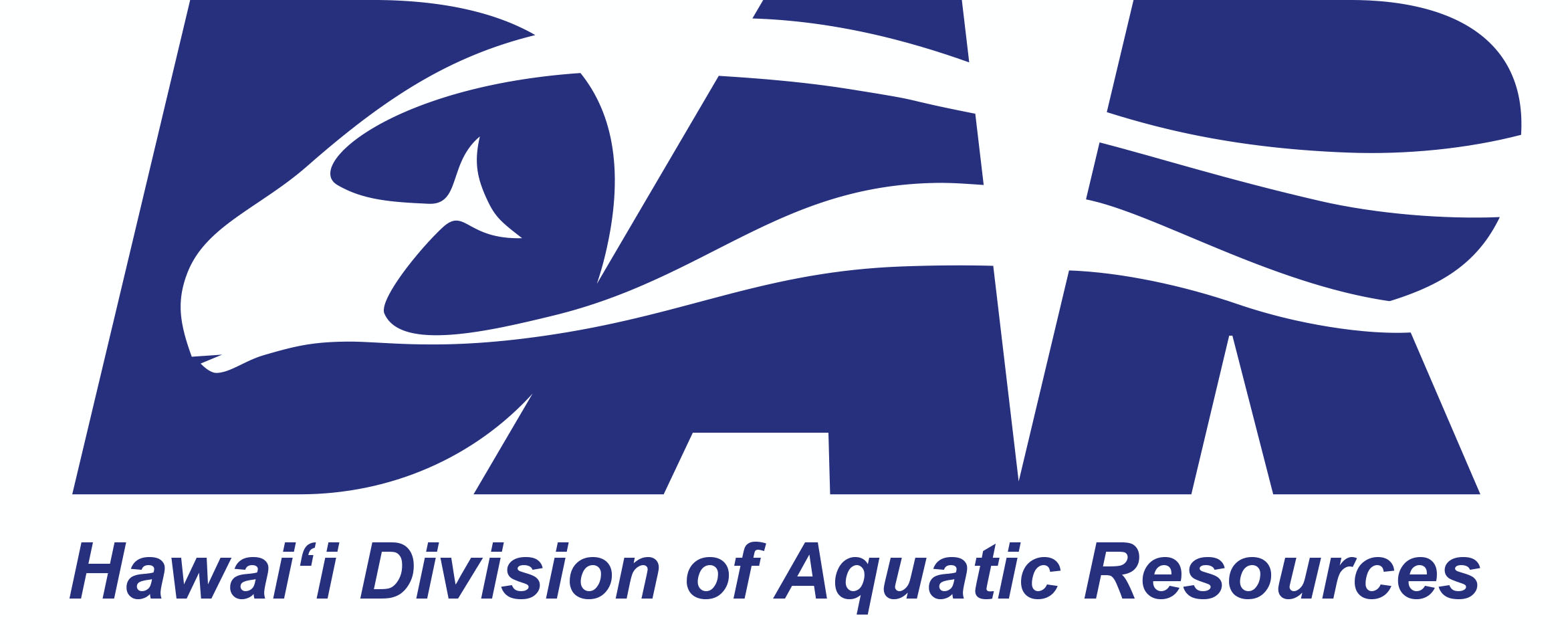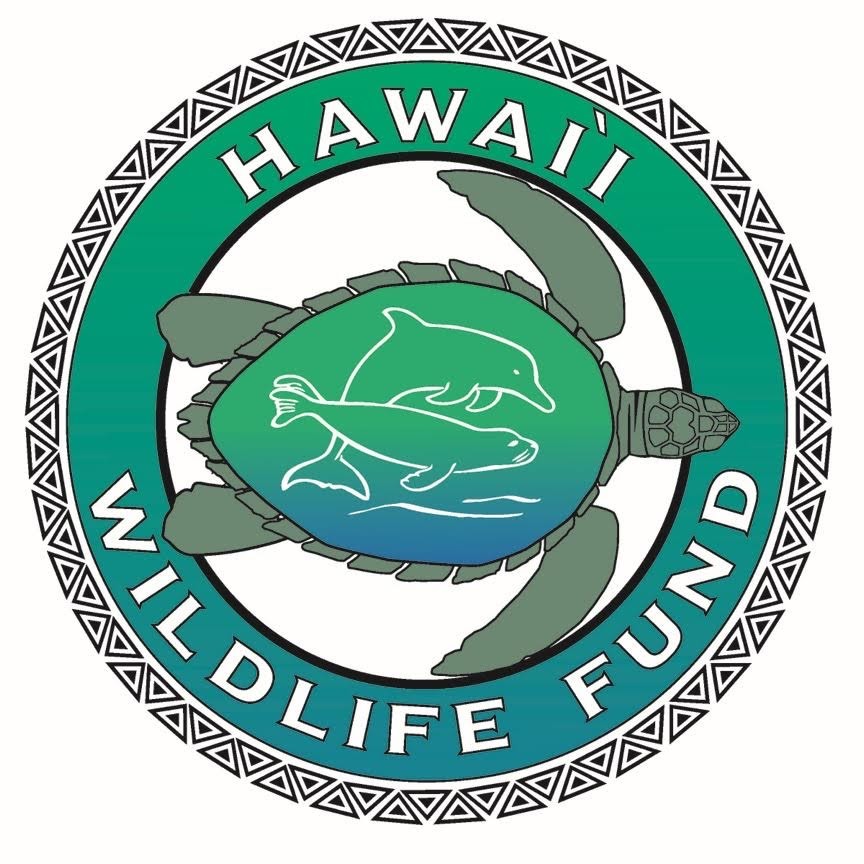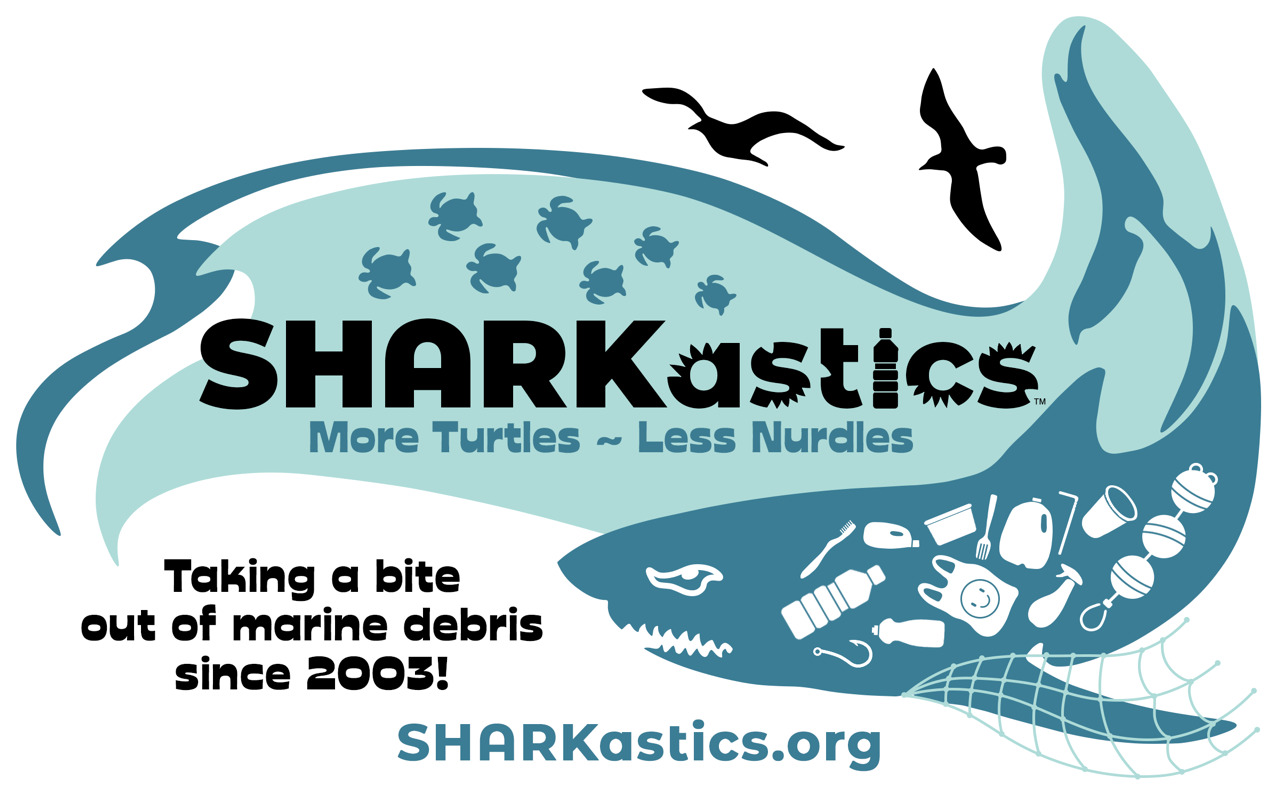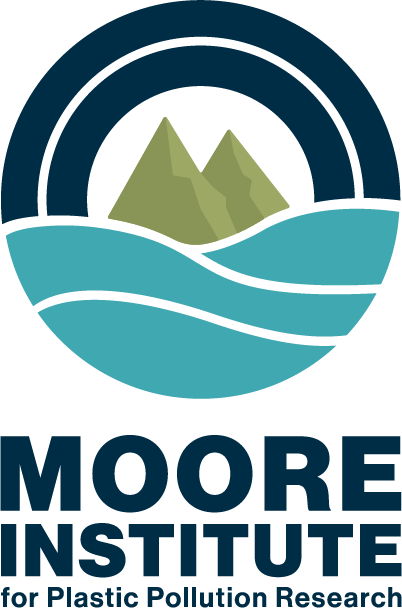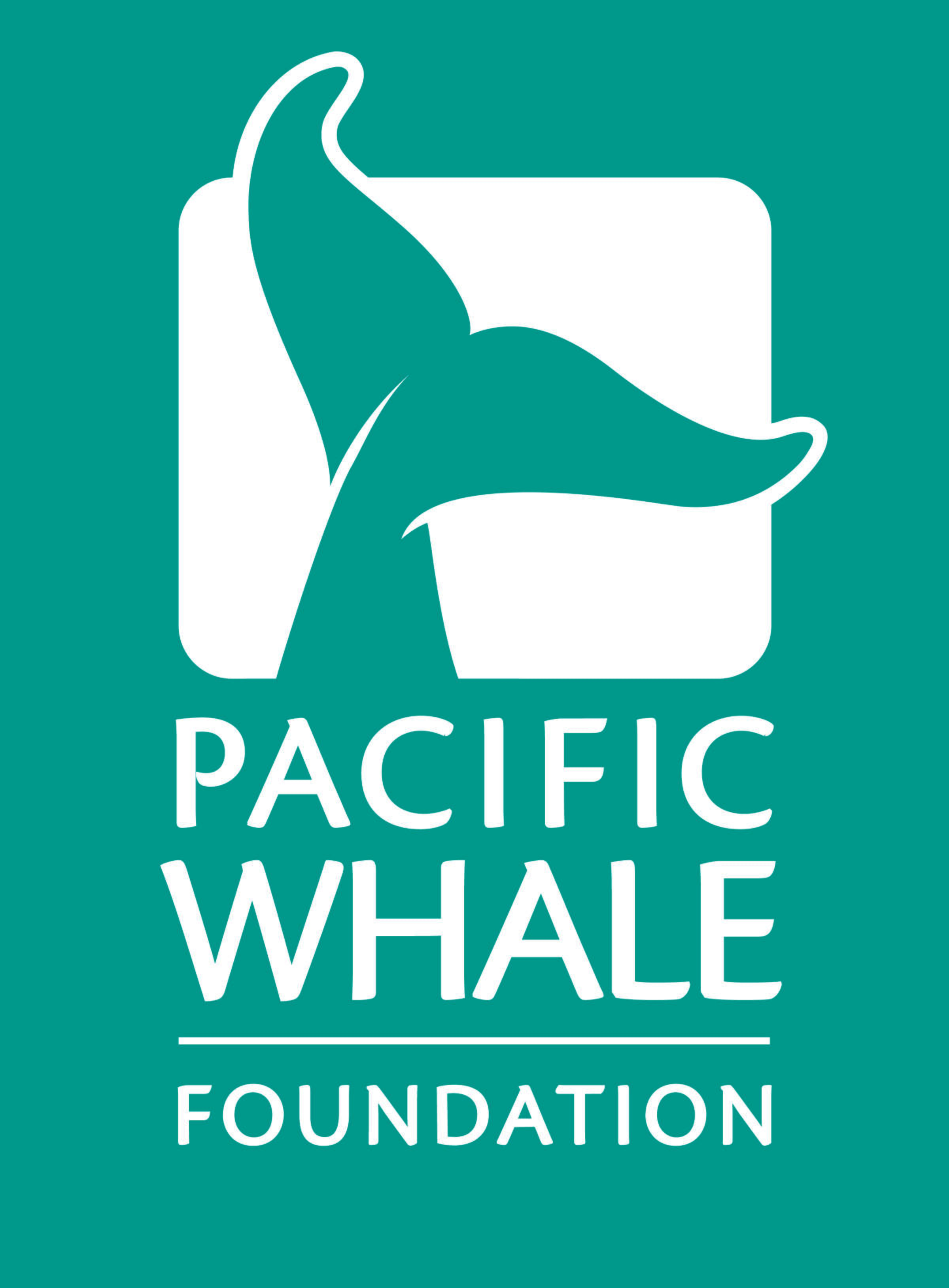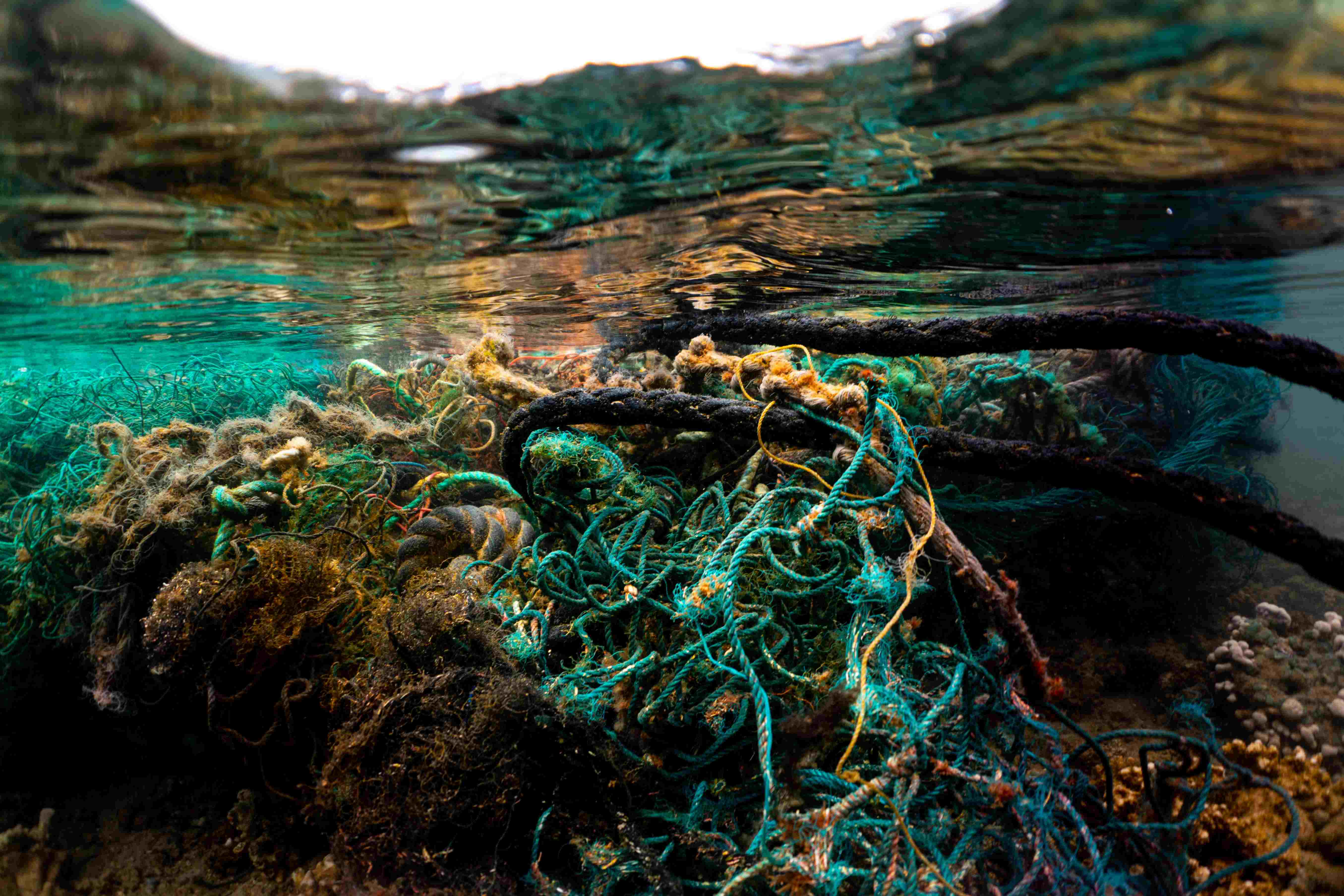
MARINE DEBRIS TO INFRASTRUCTURE
THE STEPS FROM A TO Z
The Hawaiian Islands face severe impacts from marine debris due to their proximity to the North Pacific Garbage Patch. Every year, over 200 tons of debris in the form of derelict fishing gear (DFG) and other plastic pollution threaten the fragile ecosystems and coastal communities of the archipelago.
Funded by NOAA Sea Grant, this project seeks to tackle this rising problem of marine debris by removing it from the ocean and transforming it into valuable infrastructure products at our new established Plastic Recycling Research Facility (PRRF) on Oʻahu.
Our mission is to protect the ecosystems of the Central North Pacific Ocean while promoting a circular economy that benefits both the environment and the local communities.
The Marine Debris to Infrastructure Project aims to accelerate marine debris removal by turning the pollution into a valuable resource for local necessary infrastructure products. We will achieve this through a comprehensive process that includes detecting, removing, storing, transporting, sorting, reporting, and repurposing plastic pollution.
Join us on our journey to make the Hawaiian Islands a model for sustainable recycling.

STEP 1 - DETECT
Promoting the public’s use of the State of Hawaii’s debris reporting tools and creating data models to map the daily location of the North Pacific Garbage Patch and predict the influxes of debris in Hawaiian waters.
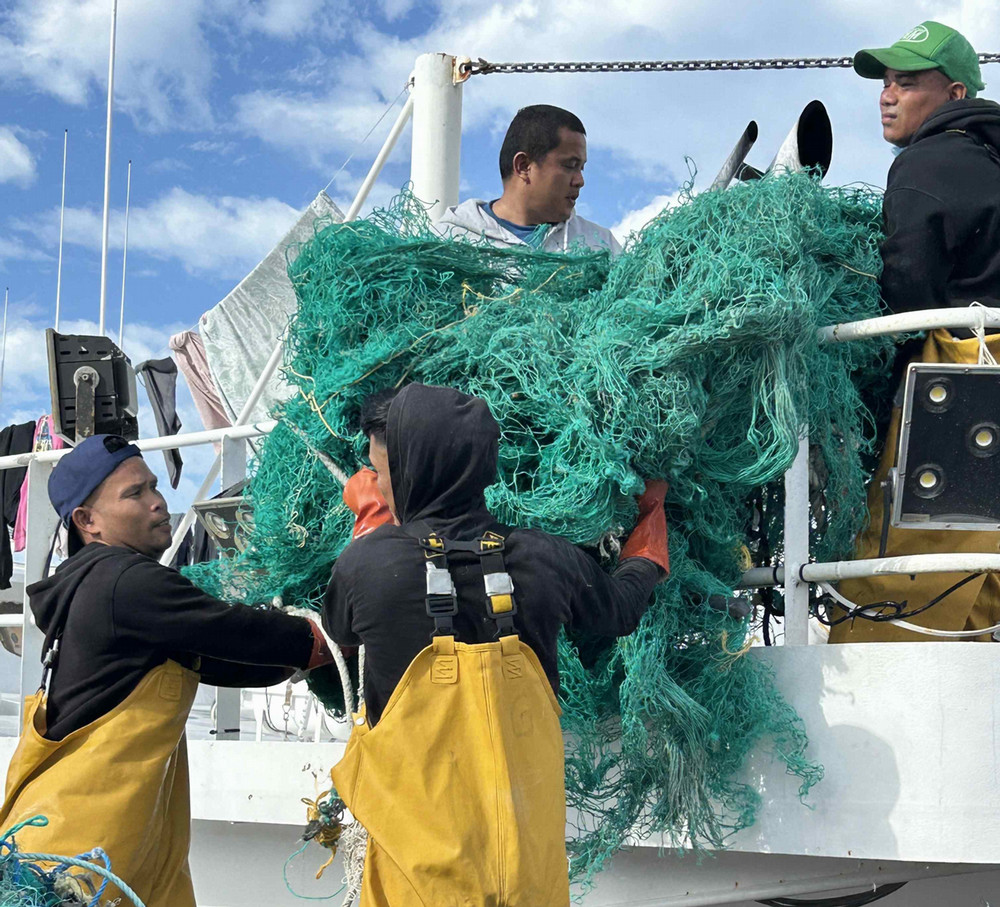
STEP 2 - REMOVE

STEP 3 - STORE AND TRANSPORT
Establishing storage nodes on neighbor islands and transportation of the collected debris to the PRRF - the Oʻahu hub.
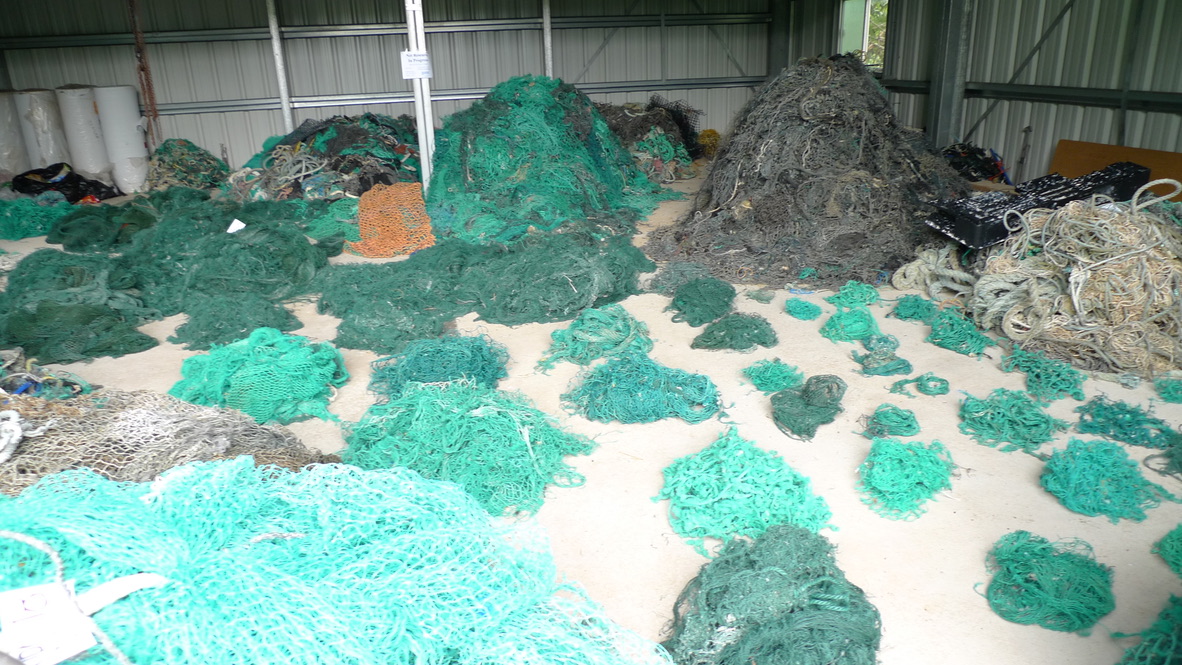
STEP 4 - SORT
Sorting collected debris into gear type to understand its origin, and polymer type for recycling.
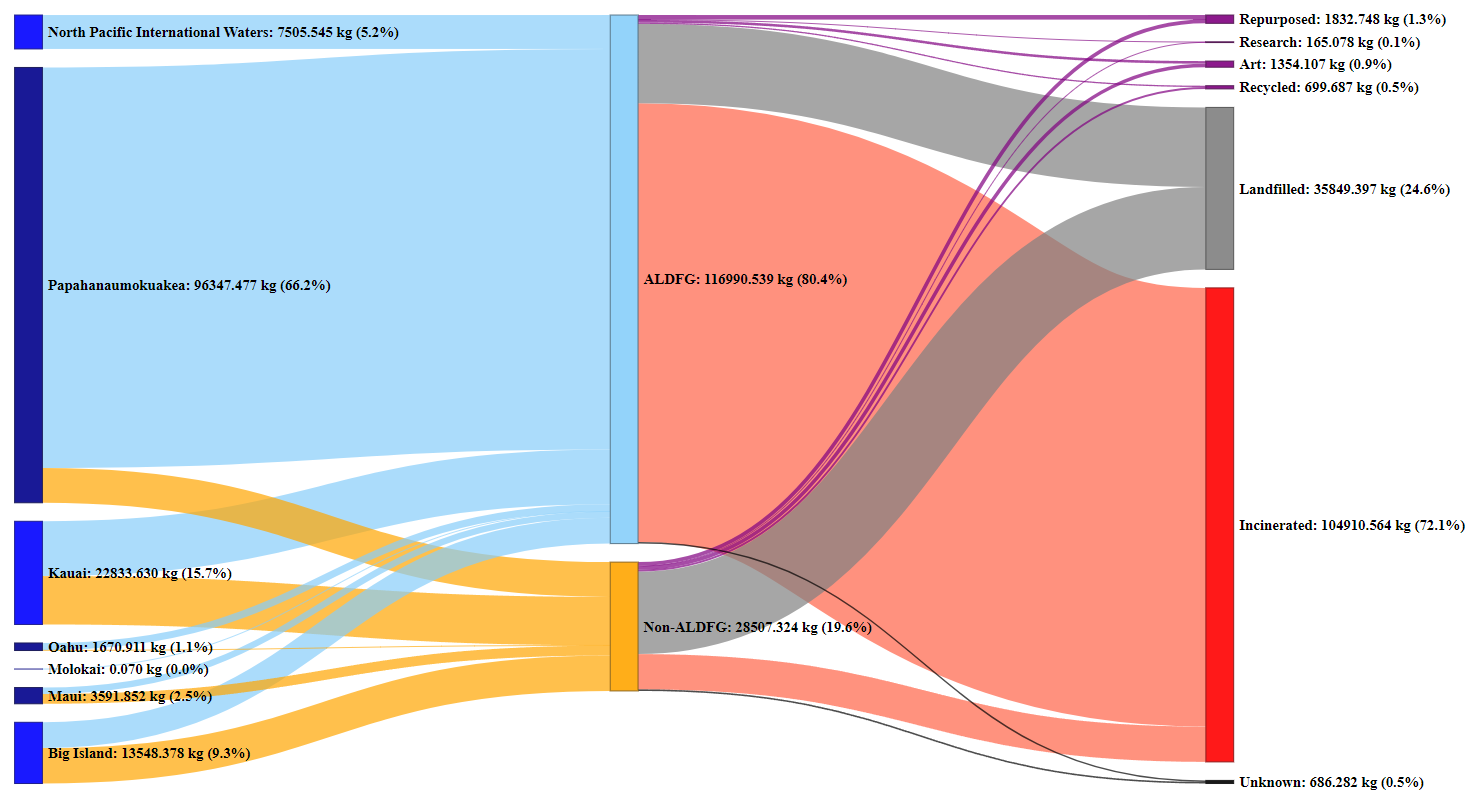
STEP 5 - REPORT
Compiling a standardized cradel to grave database of marine debris removed by multiple organizations across the Hawaiian Islands. This database will monitor what proportion of the marine debris is DFG and what proportion is being recycled.
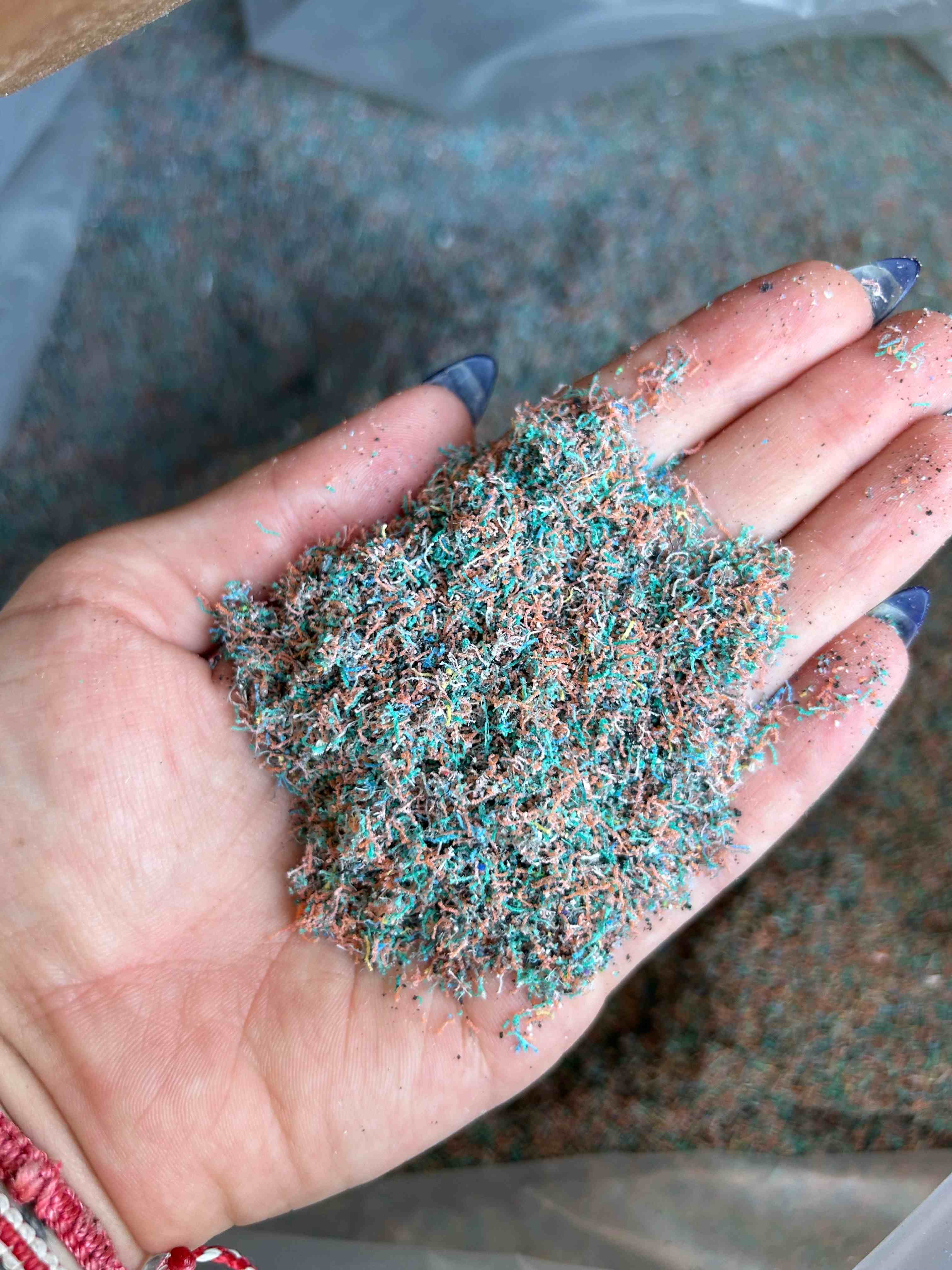
STEP 6 - REPURPOSE
Innovating methods and partnerships to locally convert debris into long-term necessary local infrastructure products. We evaluate each process to prioritize the most environmentally friendly recycling option.
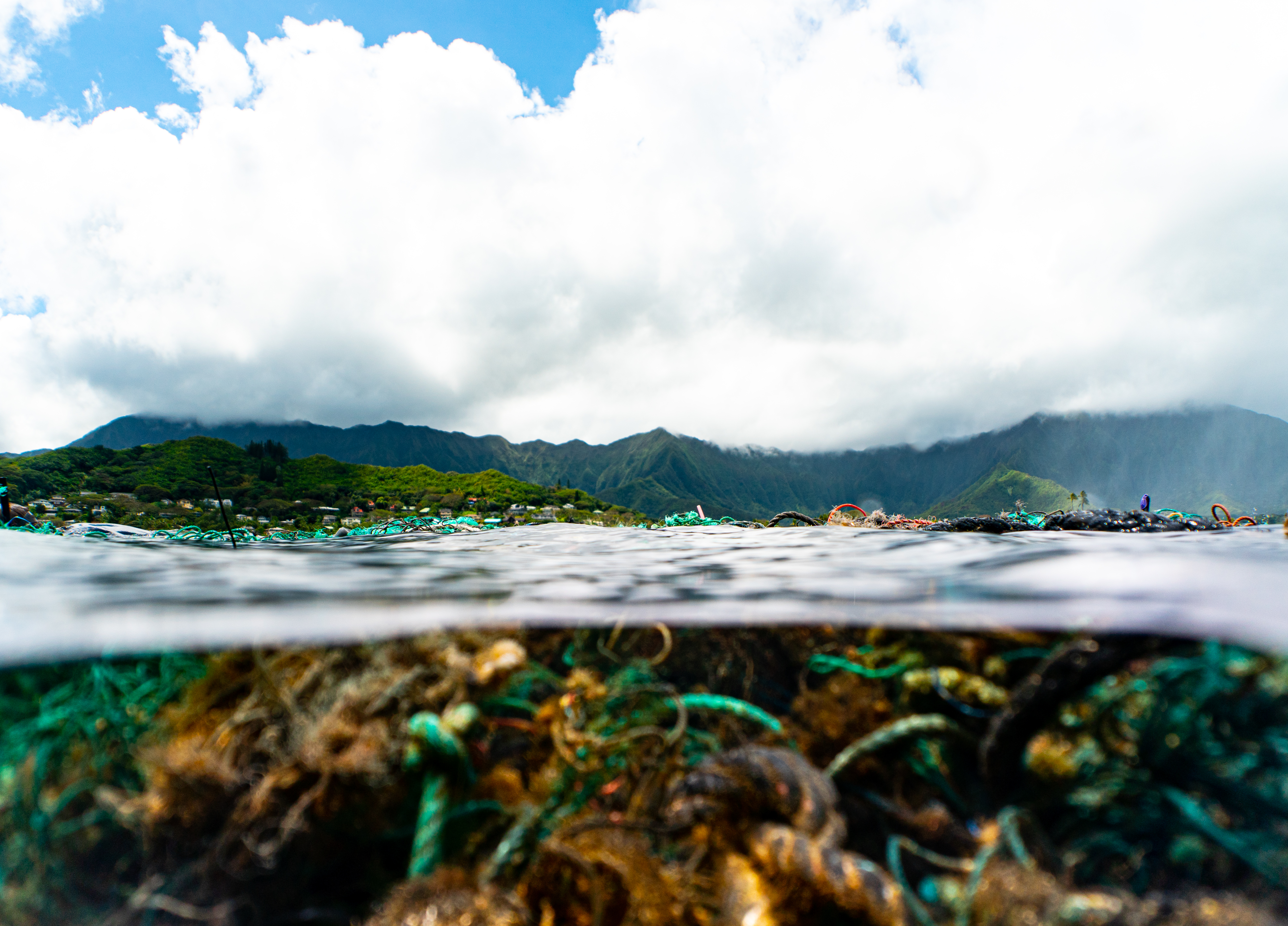
STUDY AND EDUCATE
Foundational to all of the steps above, we focus on scientific research and education of university students and the public. LEARN MORE


